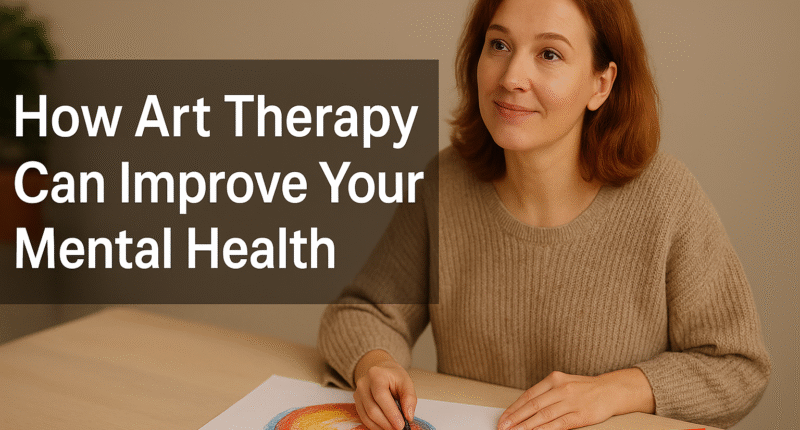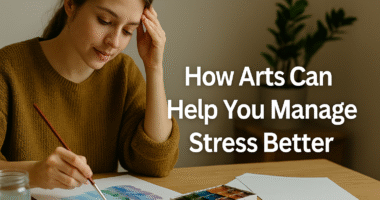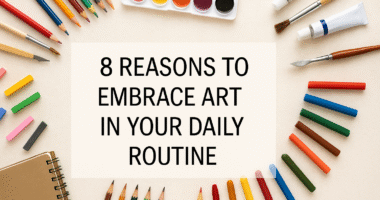In today’s stressful and fast-paced world, maintaining good mental health has become more important than ever. One powerful yet often overlooked tool for emotional healing is art therapy. By combining creative expression with therapeutic techniques, art therapy provides a safe and effective way to explore emotions, reduce stress, and promote personal growth. Whether through painting, drawing, sculpting, or writing, this form of therapy can make a meaningful difference in mental well-being.
What Is Art Therapy?
Art therapy is a therapeutic practice that uses creative activities to help people express emotions and overcome psychological challenges. Unlike traditional art, the goal is not to produce a masterpiece but to engage in self-expression and reflection.
How Art Therapy Works
During a session, a trained art therapist guides individuals through creative exercises. The process encourages participants to express feelings that might be difficult to put into words, offering new insights into their emotions and behaviors.
Benefits of Art Therapy for Mental Health
Art therapy offers numerous mental health benefits, making it a valuable tool for individuals of all ages.
Reduces Stress and Anxiety
Engaging in artistic activities calms the nervous system, lowers cortisol (the stress hormone), and promotes relaxation. Even simple creative tasks, such as coloring or doodling, can provide relief from daily stress.
Supports Emotional Expression
Many people struggle to verbalize their emotions. Art therapy allows individuals to externalize their feelings through imagery, shapes, and colors, which can lead to emotional release and better self-awareness.
Boosts Self-Esteem and Confidence
Completing an art project, no matter how small, creates a sense of accomplishment. This improves self-esteem and helps individuals gain confidence in their abilities.
Aids in Trauma Recovery
Art therapy is particularly effective in helping people process trauma. Creative expression provides a non-threatening way to confront painful experiences and move toward healing.
Who Can Benefit from Art Therapy?
Art therapy is suitable for people of all ages and backgrounds.
Children and Adolescents
Young people often find it easier to express themselves through art than words. Art therapy helps them process emotions related to school, family, or social pressures.
Adults and Seniors
Adults dealing with stress, depression, or trauma can benefit greatly from art therapy. Seniors can use art therapy to combat loneliness, memory loss, and age-related anxiety.
Art Therapy in Everyday Life
You don’t need to attend formal sessions to experience the benefits of art therapy. Simple practices like journaling, sketching, or playing with clay can bring relaxation and self-reflection into your daily routine.
Creating a Healing Space at Home
Setting aside time each day for a creative activity can serve as personal therapy. A quiet corner with paints, pens, or musical instruments can become a sanctuary for mental well-being.
Conclusion: A Creative Path to Healing
Art therapy is more than just making art—it is a powerful method for improving mental health. By reducing stress, fostering emotional expression, and promoting healing, it provides a holistic approach to well-being. Whether in professional therapy sessions or through personal creative practices, engaging in art can lead to greater self-understanding and a healthier, happier mind.









